The human brain is an extraordinary organ, constantly evolving and adapting to the challenges and experiences we face. One of the most astonishing aspects of the brain is its ability to undergo neuroplasticity in brain development. But what exactly does this term mean, and how does it impact our daily lives? Understanding this concept can transform how we approach learning, growth, and even recovery from setbacks, as it underlines the fact that we can intentionally influence the way our brains function and adapt.
Neuroplasticity in Brain Development: A Comprehensive Overview
Neuroplasticity refers to the brain’s remarkable ability to reorganize itself by forming new neural pathways. This adaptability is not just limited to childhood but continues throughout our lives. It is the brain’s way of staying responsive to change, adjusting its structure and function in response to new information, experiences, and demands. Brain development, on the other hand, encompasses the growth and maturation of the brain’s structures and functions. When combined, neuroplasticity brain development offers insights into how our brains evolve, learn, and adapt over time. This synergy explains why people can acquire new skills late in life, recover abilities after injury, or drastically improve performance through targeted practice.
- Understanding Neuroplasticity: At its core, neuroplasticity is the brain’s response to change. Whether it’s learning a new skill, recovering from an injury, or adapting to a new environment, our brains have the innate ability to rewire and strengthen neural connections. Every new challenge we face prompts microscopic structural changes in the brain, such as the growth of dendritic spines or the strengthening of synaptic connections, which enhance communication between neurons.
- Brain Development Through the Ages: Contrary to popular belief, our brains continue to develop and change throughout our lives. From the rapid growth of infancy to the subtle changes of old age, our brains are in a constant state of flux. In childhood and adolescence, neural networks form and refine rapidly, driven by both genetic programming and environmental input. In adulthood, brain development shifts toward maintaining efficiency, pruning unused connections while strengthening those that support daily function and complex problem-solving. Even in older age, the brain remains capable of growth, especially when stimulated with novelty and challenge.
- Harnessing the Power of Neuroplasticity: By understanding the principles of neuroplasticity, we can take proactive steps to enhance our cognitive abilities, improve memory, and even recover from brain injuries. Neuroscience has shown that deliberate, focused practice is one of the most powerful ways to induce lasting brain change. In the context of personal and professional development, this means we can design experiences that accelerate learning, improve adaptability, and sharpen decision-making.
Practical Steps to Enhance Neuroplasticity Brain Development
- Continuous Learning: Engaging in new experiences, learning new skills, and challenging our brains can promote neuroplasticity. Consider integrating activities that combine physical, cognitive, and emotional engagement, such as learning a new language while traveling, or taking up an instrument that requires both coordination and memory.
- Healthy Lifestyle Choices: Regular exercise, a balanced diet, and adequate sleep can support brain health and enhance its plasticity. Exercise in particular boosts blood flow to the brain and stimulates the release of neurotrophic factors, which help neurons grow and form new connections.
- Mindfulness and Meditation: Practices like meditation can help in rewiring the brain and promoting positive neural connections. Mindfulness improves attention regulation and emotional balance, which in turn supports the brain’s ability to learn and adapt under pressure.

For a deeper dive into the world of neuroplasticity and its implications, check out the comprehensive guide on neuroplasticity titled “Neuroplasticity Unveiled: A Comprehensive Guide to Harnessing the Brain’s Remarkable Potential.”
In Conclusion
The concept of neuroplasticity brain development challenges our understanding of the brain’s capabilities. It offers hope for recovery, growth, and adaptability, emphasizing that our brains are not fixed entities but are malleable and ever-evolving.



